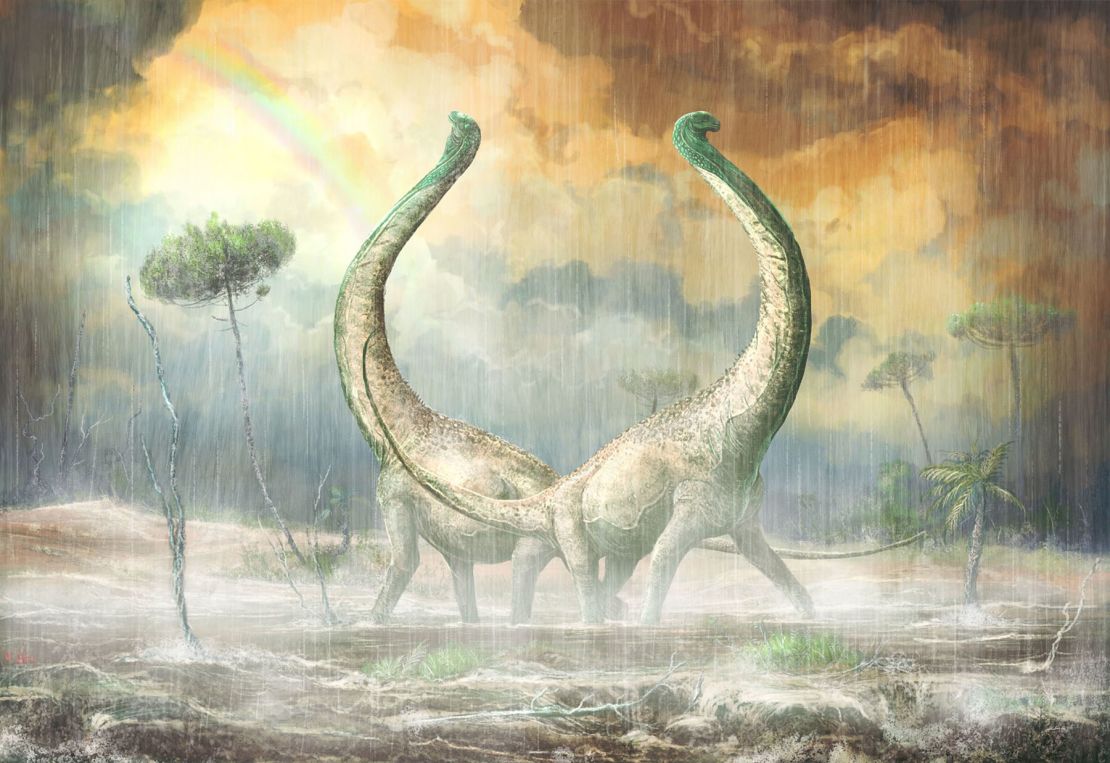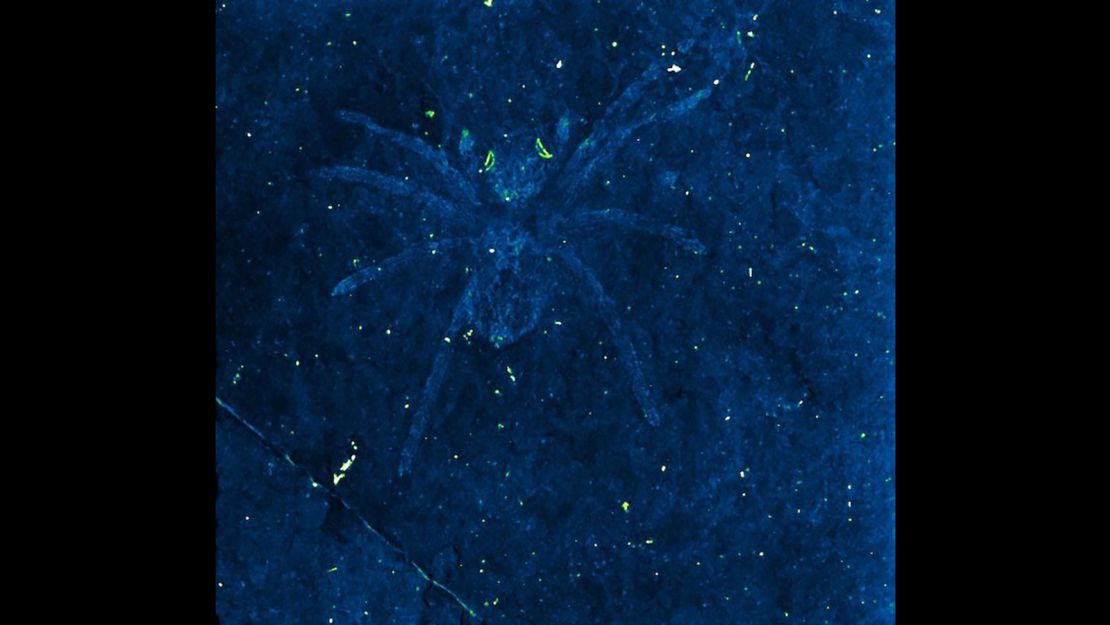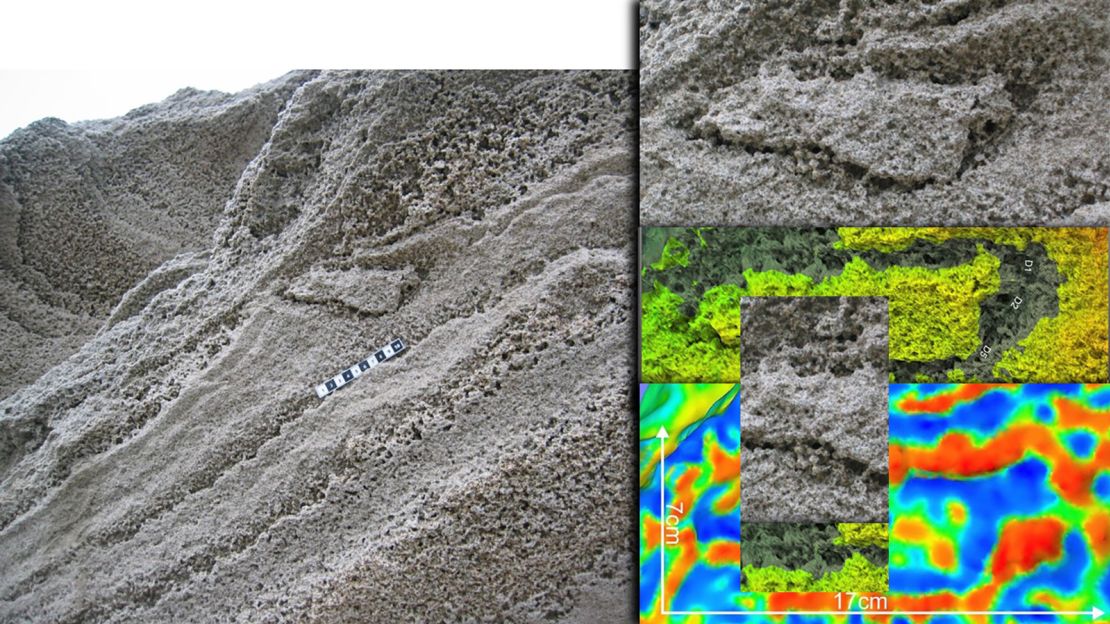In case you missed it this week, preserved Neanderthal and dinosaur footprints were found in different parts of the world, an ancient spider fossil set our spidey senses tingling, and the Opportunity rover’s mission came to an end after 15 years.
The discovery of a dinosaur that wore a heart in its tail was also revealed, and now scientists think Ultima Thule is more of a space pancake than a snowman.
Here’s the space and science news you might have missed in the mad dash for all things chocolate and roses this week.
A rover in the wind
You’ll have to pardon our tone this week; we’re in deep mourning over the loss of the plucky Opportunity rover. After it fell silent during a planet-encircling dust storm on Mars in June, denial was easy. The rover had weathered dust storms before and even outlived its twin, Spirit, which became mired in Martian soil and ended its mission in 2011.
The rover’s last message to its team before the storm hit in full force, as has been widely shared this week, was akin to “My battery is low and it’s getting dark.” Nobody wanted Oppy, as the team called her, to be stranded in the storm.
Oppy’s engineers sent over 800 commands to wake her up or help her out. They were convinced she could recover after she outlasted her original 90-day mission that began in 2004.
The windy season came and went on Mars, ending in January. And after sending a final command this week that went unanswered, NASA bid Opportunity farewell by officially concluding her mission and sending her off with both poignant and celebratory remembrance.
Oppy helped us discover that Mars was once wet and warm, meaning it could have supported ancient microbial life – thanks to odd rocks that looked like blueberries on the Martian surface. It took beautiful photos and roamed 28 miles over Mars, taking us along for the journey. Back on Earth, people have shared poems and drawings to honor the rover’s legacy.
But this isn’t the end. NASA Administrator Jim Bridenstine painted a lovely picture of the future on Wednesday, talking about how human footprints will one day be alongside the rover tracks on Mars.
We’ll see you again one day, hopefully soon, Oppy.
A tail with heart
Let’s look at something happy to clear that sad rover dust from our eyes, like dinosaurs and rainbows. Seriously.

T
he day before Valentine’s day, researchers published a study about a titanosaur with a heart-shaped surprise hiding in its tail.
This particular titanosaur lived about 100 million years ago during the middle Cretaceous period in Tanzania, and it’s the only one of its kind that’s been found. The large, long-necked dinosaur belonged to the sauropod group, known as the largest land animals on Earth. During the Late Cretaceous period, when the other sauropods had disappeared, the titanosaurs flourished and diversified.
This titanosaur is similar to the Late Cretaceous titanosaur Lithostrotia species, which means this was the missing early stage of evolution that led to titanosaur diversity. This fossil from southern Africa is also similar to fossils found in South America.
And this one had a tailbone shaped like a heart. So it’s no surprise that the research published this week, when heart-shaped everything was all the rage. And it’s utterly delightful.
Is that you, Spider-Man?
Speaking of fossils with wow factor, take a deep breath and look at this. Yes, it’s supposed to look like that. Because somehow, this incredibly well-preserved ancient spider fossil had reflective eyes, and that feature is still noticeable.

Usually, spiders and other such creatures with soft bodies are found preserved in amber, not rock. But researchers found this and another spider fossil from an extinct spider family in Korean shale called the Lower Cretaceous Jinju Formation. They couldn’t help but notice silver flecks in the rocks. Yeah, that would be the reflective eyes.
Those reflective structures in the eye, called tapetum, allowed the spiders to hunt at night. Try to get that nightmarish image out of your head.
Anyone fancy a space pancake?
This is one pancake with texture, and we’re not talking chocolate chips.
First, they thought it was a bowling pin. Then, it was called a snowman. But Ultima Thule, a distant Kuiper Belt Object 4 billion miles away on the edge of our solar system, is neither.
“New Horizons scientists can confirm that the two sections (or ‘lobes’) of Ultima Thule are not spherical. The larger lobe, nicknamed ‘Ultima,’ more closely resembles a giant pancake and the smaller lobe, nicknamed ‘Thule,’ is shaped like a dented walnut,” according to NASA.
Speaking of NASA, it’s been a busy week for the agency, apart from saying goodbye to Opportunity. (There’s that darn dust in our eyes again. Discounted Valentine’s candy may offer emotional respite.)
On Wednesday, the agency announced a two-year space mission to study the beginnings and evolution of the universe and determine how common the ingredients for life are within the planetary systems in our galaxy, the Milky Way.
The Spectro-Photometer for the History of the Universe, Epoch of Reionization and Ices Explorer, nicknamed SPHEREx, is expected to launch in 2023.
Footsteps to the past
These footprints were found just in time. Paleontologists found incredibly well-preserved 95 million-year-old dinosaur tracks in Queensland. And luckily, they were able to move them out of the way of damaging floods.
The tracks were made by three types of dinosaurs: large sauropods, smaller ornithopods and theropod dinosaurs that were “chicken-sized.”
And that’s not all.
Researchers have been studying the Catalan Bay Sand Dune in Gibraltar for 10 years, and they’ve discovered footprints from deer, ibex, aurochs, leopards and elephants. Now, they have found what they believe to be a human-looking footprint from 29,000 years ago. They believe it could have belonged to a young Neanderthal between 3 and 4 feet tall.
If the researchers can confirm this, the dunes would be the second confirmed site in the world to host Neanderthal footprints. The other is Romania’s Vartop Cave.

Giant shark, doo doo doo doo doo doo
You may be familiar with the megalodon, also called “the Meg,” via the Jason Statham movie from last year about the biggest shark that ever lived.
Contrary to fiction, it’s not around anymore. And now researchers believe it went extinct a million years earlier than they thought. That would make its extinction 3.6 million years ago, rather than 2.6 million.
The reason sounds surprising: competition from smaller great white sharks. Previously, it was believed that cosmic radiation from a supernova caused the die-off.
The great white sharks overlapped for a brief time with megalodons, and their global spread may have been enough to send a shark three times their size to the great beyond.
If anything, this only makes the “Jaws” theme sound even more ominous.





























